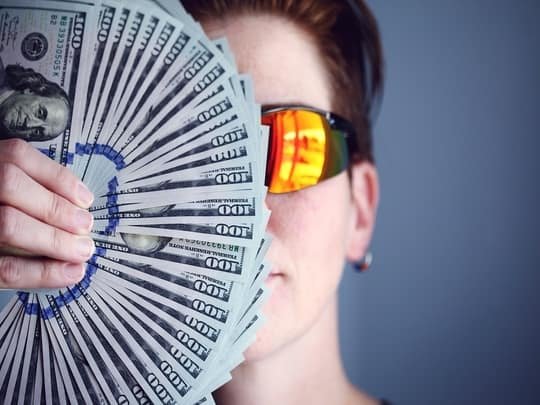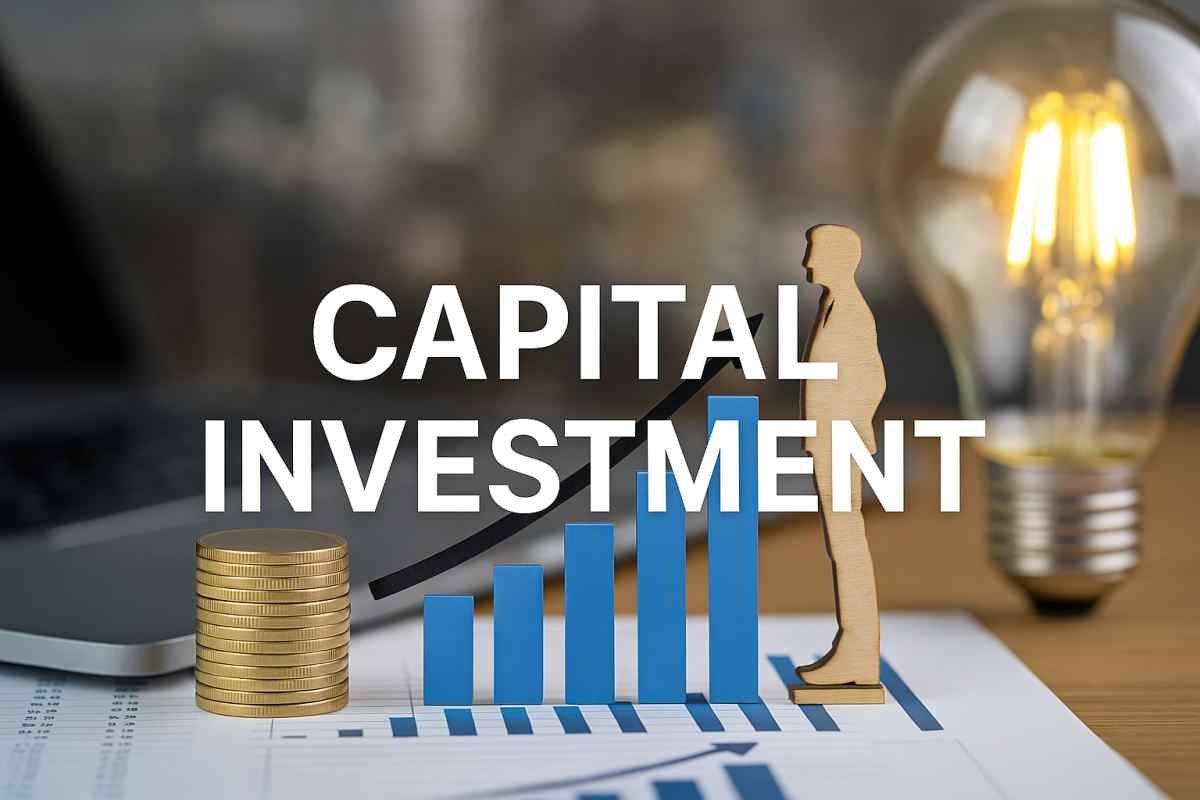Behavioral Economics
Behavioral economics is the study of the influence of emotions and personal factors specific to each individual, in the making of economic decisions. This is a different approach from the old models which perceived decision making as rational behavior (search for gain above all). Indeed, this new approach includes the psychological part and the framing in the behaviors in order to demonstrate the irrational, subjective and variable nature of the behaviors, even in a field as serious as the economy.
Behavioral economics has its place in the corporate world. Even if the results are often significant in terms of customer relations, it should not operate in autarky (self-sufficiency). To be able to become a “guru” of behavioralism, it is still necessary to know your interlocutor. In a logic of optimization, it is therefore necessary to adopt a very factual analysis based on customer data and then to incorporate a psychological dimension into the reasoning. Moreover, the links are growing closer between the very rational and concrete field of data analysis and the more irrational world of psychology and emotions, as shown by recent technological developments such as facial coding or voice analysis.
Behavioral economics example
Some individuals may adopt a particular behavior depending on their personal inclination. For example, we can note a certain conformism or mimicry on the financial markets, especially during difficult economic times. Just as some reveal an aversion to risk or on the contrary, seek risk to increase their gains. These behaviors are studied by behavioral economics which analyzes them and emphasizes that individuals are more focused on their losses than on their gains.
Why behavioral economics?
Behavioral economics seeks to demonstrate that humans are influenced by the environment that surrounds them, their origins, their psychological profile … This opens up a new field of study for economics and allows us to better understand the mechanisms decision makers that push economic market players to act in one way or another. Behavioral economics can provide avenues for a better understanding of human behavior, especially during crises, or significant economic or financial movements.
Behavioral economics in normative theories
In what follows, we will study situations with uncertain outcomes, which involve a “risk”: the situation can evolve in several ways, which can have various consequences. Take the ultra-simplified example of an investor who wants to invest $1000 in a recently founded company. He can make two choices: either invest $1000, or not to invest. Each choice can have two different consequences depending on whether the company can pay the interest, or whether it files for bankruptcy. For example, the investor will receive $1,100 (investment plus interest) if the company survives, but will not receive anything in the event of bankruptcy. In such situations, subjects make a subjective assessment of the probabilities of each consequence. For example, an investor will not invest if the business has a good chance of going down before paying its first interest, unless the business promises a high interest rate.
Behavioral economics in theory of expected value
The expected value theory postulates that subjects calculate the statistical expectation (probability weighted average) of the money received for each choice, and choose the one with the greatest expectation. The money received is considered to be a random variable, which takes a different value for each consequence, each consequence having a non-zero probability of occurrence.
Behavioral economics in theory of Nudge
Nudge Theory (or Theory of Liberal Paternalism) is a concept in behavioral science, political theory, and economics derived from industrial design practices, which argues that indirect suggestions can, without forcing, influence motivations, the incentives and decision-making of groups and individuals, at least as effectively if not more effectively than direct instruction, legislation or enforcement.
It was developed by the 2017 Nobel laureate in economics Richard Thaler. This technique derived from behavioral economics aims to influence our behavior in our own interest. An approach that interests the public authorities.
If applied to the economy, this means a small intervention in our environment which modifies the mechanisms of choice, that is to say the behavior of people, to influence them in a direction which would correspond better to their own interest or to the general interest.
The most famous examples can make you smile: a fly drawn at the bottom of the urinals at Schipol airport near Amsterdam to avoid splashing, a pedestrian crossing drawn in relief to stop motorists, etc. All these techniques come under behavioral economics, a field that the public authorities have invested quite recently, while marketing has been experimenting with them for a long time.
Algorithm and calculation
Clearly, that is to say an action A, which gives rise to n “consequences” depending on the evolution of the situation. These consequences will be noted Ci. Each consequence Ci will have a probability of occurrence pi, and will give a gain (financial or subjective) gi. The expected value is equal to ∑ i pi × gi. For example, take the case of a bettor who has a choice between two options:
– we throw an 80-sided dice: the bettor wins $320 if the dice falls on a specific side, and he receives nothing otherwise;
– he receives $1 and leaves with it without having to play any game of chance. The expected value theory says that the bettor will choose the first option: the second choice has an expectation of $1, while the choice of the dice roll has an expectation of $4. Indeed, the player who chooses the first option has a one in 80 chance of winning $320 and 79 out of 80 chances of winning nothing. The calculations give an expectation of 320 × 1,80 = 4: the expectation is greater.
Keys to applying behavioral economics to your customer relationship
Behavioral economics can undoubtedly provide methods to improve interactions between brands and consumers. This “miraculous” recipe consists of three major techniques.
Guide customer choices
The way to formulate an idea is of utmost importance in the client’s decision-making process. We are talking about the architecture of choice. For example, Mc Kinsey conducted a study for an Italian telecommunications company on customer retention. Prior to that, advisers offered to offer 100 free calls to customers who wanted to leave. Mc Kinsey developed a new formulation: the advisers simply had to say “We have already credited 100 free calls, how do you plan to use them?”. On arrival, the benefit to the customer is the same. Despite everything, this second method gives much more convincing results. It is the concept of loss aversion that kicks in.
Developed by Richard Thaler, it states that people are much more susceptible to the fear of losing an advantage than to the idea of making any profit. In this way, an advisor can therefore guide the decisions of his interlocutor without the latter realizing it.
Change their attitude
There are simple ways to get a consumer to adopt a special attitude: the nudge (“nudge”). The nudge is an incentive to adopt a certain attitude without constraining. Widely used in the context of public policies, this method has also won over several companies.
Like Nivea, who had the brilliant idea of distributing dolls that change color under the effect of the sun to bathers. This campaign reminded them to put on sunscreen regularly. An original practice which allowed the brand to underline the importance of adopting good practices in the face of UV dangers but also to stand out from its competitors.
Create a comfortable environment
Here three concepts come into play: temporality, sequence and habit.
For your customer to have a positive appreciation of their interactions with your brand, they must feel in a favorable climate. Therefore, he should not be rushed into his habits. This is where the crucial need to know your customer and their history with your brand comes in! In addition, it is also possible to increase your satisfaction by adopting an intelligently structured speech. More than the substance of the speech, it is the form that prevails. Behavioral science research has shown that certain practices are bearing fruit:
Combine the positive and the negative
Wanting to be fundamentally enthusiastic leads to a deceitful effect on the client, while alternating, while nuancing, brings out the positive.
Take care of your final touch
The customer cannot have an appreciation of the whole conversation. The end is thus a key moment since it crystallizes the emotions experienced by the customer during the conversation. Leaving a good impression is therefore essential!
Source: PinterPandai, Investopedia
Photo credit: Pixabay



